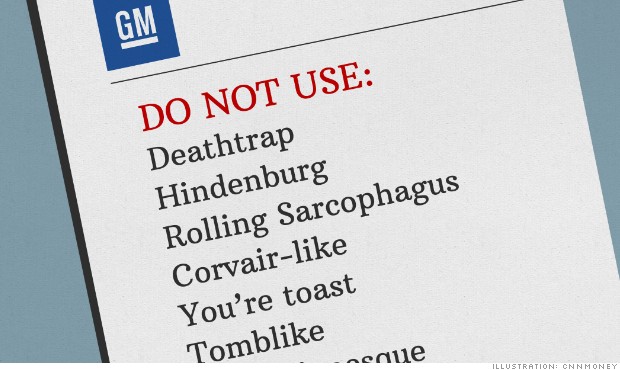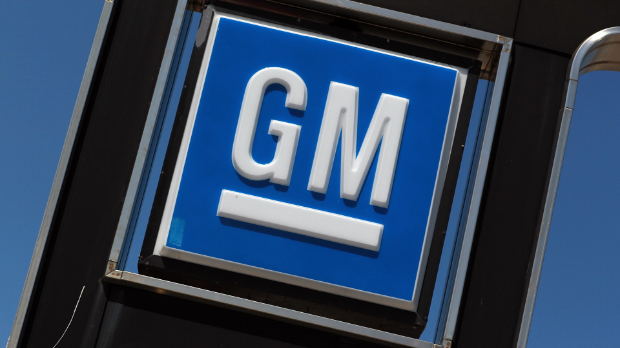NEW YORK (TheStreet) -- Although nothing beats a solid resume and a well-worded cover letter, job-seekers should think seriously about polishing and promoting their LinkedIn (LNKD) profiles, according to a survey by social recruiting site Jobvite. The survey has a representative 94% of recruiters saying LinkedIn was their top online platform for vetting candidates, compared with 65% who use Facebook (FB) and 55% who turn to Twitter. Even applicants who don't have much experience with recruiters should take note: The survey projects a 73% increase in social recruiting investment this year. [Read: Employers Catch Up With the Rest of Us on Loving Social Media ]
Experts say smart job hunters should look at their LinkedIn profiles with a critical eye and start digging deep for connections, conversation and critique. We've got the rundown on the top 5 ways to make LinkedIn an asset in your job search.
1. Show some personality -- just not too much
"LinkedIn is different," says Ian Ide, president of the search divisions at WinterWyman. "It's somewhere between social media and a resume, and that's what trips a lot of people up. It's not so personal that you're offering up casual status updates, but it's not so professional that you can't show a little personality." That personality should be shown in a professional way, Ide cautions. What you're trying to avoid is looking too detached from the real world -- you don't want to seem like another corporate stiff. "At the end of the day, time is limited, and if someone looks very cold, recruiters may not think it's worth reaching out," Ide says. "But if you mention the type of technology you prefer or a sports team you like, that allows a recruiter's correspondence to be more personalized, and they're going to feel more comfortable reaching out to you." It's all about establishing rapport, Ide explains. At its core, LinkedIn is about building relationships. Smart job-seekers know that relationships are best formed when insights into personality are made available -- but be mindful that you don't overshare, says Doug Brown, director of the Institute for Innovation and Entrepreneurship at the Malcolm Baldridge School of Business at Post University in Waterbury, Conn. [Read: 5 Signs It's Time to Quit Your Job ] "People think it's Facebook, and it's not," Brown says. "You might make a post about a political candidate on Facebook, but think about LinkedIn as the workplace. If you wouldn't discuss it in the workplace, don't talk about it on LinkedIn."
2. Ask for recommendations
"Your background needs to represent you in the best possible way," Ide says. "It's always hard to say great things about yourself, but you need to have those things up there, and that's where recommendations come in."
It's most beneficial when people who can speak to the quality of your work are the ones who recommend you, Ide explains. While it's great if a college professor can offer their support, it's best if a former boss or direct report can contribute thoughts about their recent one-on-one experiences with you.
Additionally, Brown says that targeted recommendations are the most beneficial. "It's not enough to have a recommendation that says, 'He is a nice person.' You've got to have one that highlights your transferable skill set." To ask someone for a recommendation, Ide says a simple approach is best. "Say to them, 'One of the things I am trying to be aware of is my social profile, and I'm trying to better my LinkedIn presence. I know you have a good idea of the quality of work I produce -- would you mind writing a recommendation?'" Of course, when you ask for a recommendation, be prepared to reciprocate, Ide says. "Before you reach out, consider whether or not you'd feel comfortable writing one for them, because there's a good chance they'll ask," he says. [Read: New iPhone or Not, Smartphone Owners Aren't Moving Up] 3. Keep up your LinkedIn relationships and have a voice "One of the big reasons people use LinkedIn is to be exposed to different opportunities -- even if you're not currently job hunting and the timing isn't perfect," Ide says. "People are constantly evaluating one another on LinkedIn, so it's important to be engaged at times when you're not actively job seeking." One way to stay involved on LinkedIn is through groups. Depending on the business, Ide recommends joining somewhere between four and seven groups, allowing you to participate in discussions and demonstrate your knowledge of the industry. "Leverage the power of affinity groups," Brown says. "Everything from alumni associations to professional organizations are great ways to stay connected. You also want to look for professional associations and interest groups in the space where you want to be, even if you're not quite there yet."
4. Highlight your skill set -- and be specific
"Ask yourself: What kind of job do you want, and who is your target market?" Brown says. "The challenge goes all the way back to brand strategy. If you are trying to be everything to everybody, you aren't going to be anything to anybody."
If a company sees your resume as being all over the place, they're going to feel like you don't want this particular job -- you're just desperate for any job. They may also feel that you've had no direction in your career, Brown explains, adding that phrases such as "I am a fast learner" or "I can do anything" don't go very far.
"Adopt the mindset that you are educating people about what you can offer them, exactly," he says. Highlighting personal accomplishments is especially important for individuals who have worked for companies that aren't top-tier, Ide says. "We can't change the circumstances of who we worked for, but you can highlight your personal accomplishments and the skills you built while working there," he says. "If someone worked for a lesser company but was doing great things, they need to openly discuss the projects and initiatives they were involved in." 5. Be less private -- even take things into the "real world" "Some people will tell you texting is a perfectly good way to communicate with someone, but I don't think so," Brown says. "If you want to have a true relationship with someone, you've got to have a human moment." It's great to ask a contact for coffee, drinks or lunch, but Brown says to make sure you have an agenda when you meet up with them -- if you're really there for professional purposes, you won't want to spend the entire time talking about sports or family issues. "Have a marketing plan," Brown says. "Ask them specific questions. Don't be shy." When it comes to privacy settings for LinkedIn, Ide says you don't have to be as cautious as you do with other social media sites. "LinkedIn is different from Facbeook, where there is a reason to be private," he says. "On LinkedIn, you want new opportunities, and you want to be more public, more accessible." Active job-seekers should set their privacy settings carefully, Ide explains -- use the option to stay anonymous when you view other people's profiles, but turn on OpenLink, which allows LinkedIn members to contact you directly without an introduction or an InMail, making it free and easy for anyone with an opportunity to get in touch.

 Despite low yields, municipal bond funds still make sense for conservative investors interested in principal protection, modest income and diversification against their equity portfolios.
Despite low yields, municipal bond funds still make sense for conservative investors interested in principal protection, modest income and diversification against their equity portfolios. 

 ) reported that it has boosted its outlook for FY2014.
) reported that it has boosted its outlook for FY2014.
 Related BZSUM Dow Trades Above 17,000 While S&P 500 Inches Closer To 2,000 #PreMarket Primer: Thursday, July 3: Much To Consider Despite The Short Day
Related BZSUM Dow Trades Above 17,000 While S&P 500 Inches Closer To 2,000 #PreMarket Primer: Thursday, July 3: Much To Consider Despite The Short Day 
 GM's recall nightmare won't end
GM's recall nightmare won't end 









